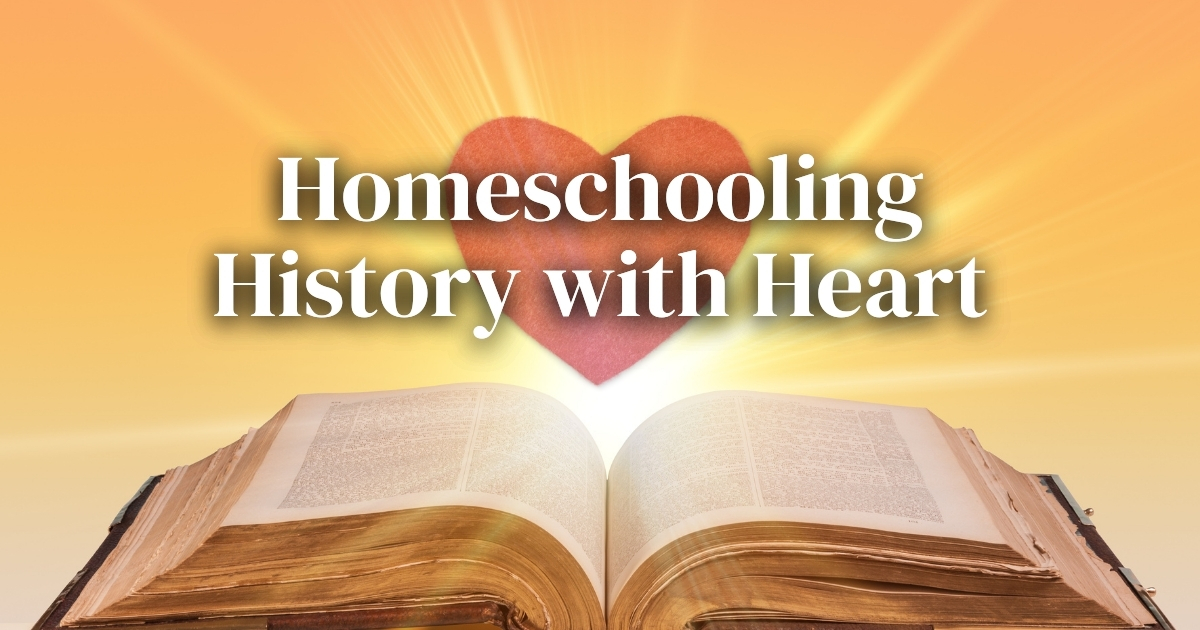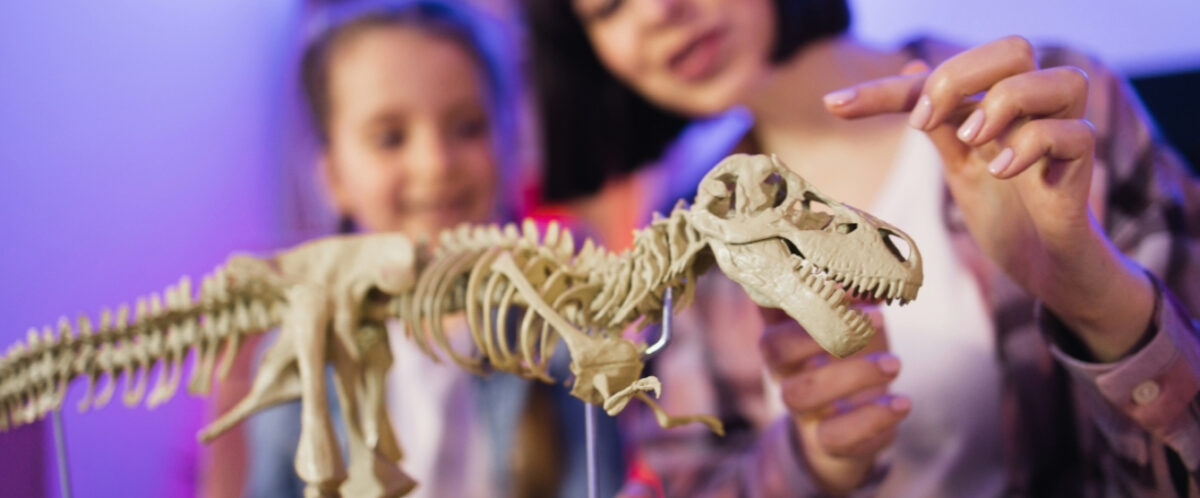Homeschooling offers a unique opportunity for parents to learn how to teach history to kids and craft an educational experience tailored to their children’s needs. But amidst the myriad methods available, the Charlotte Mason method stands out, especially when it comes to history lessons. This approach, with its emphasis on living books, narration, and a […]




